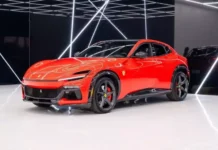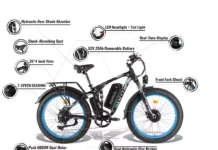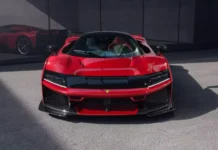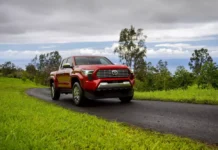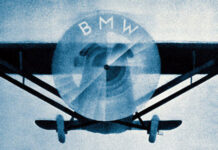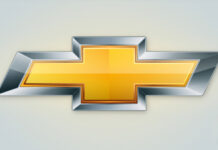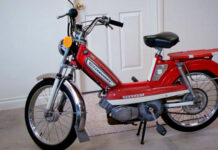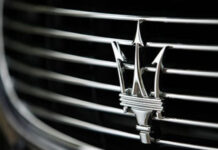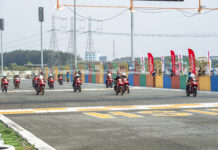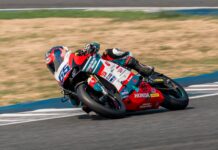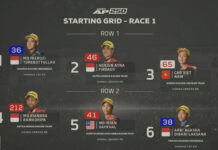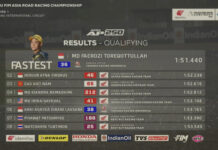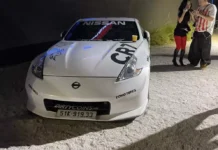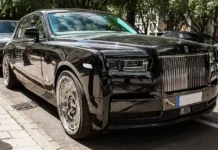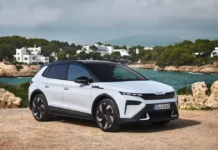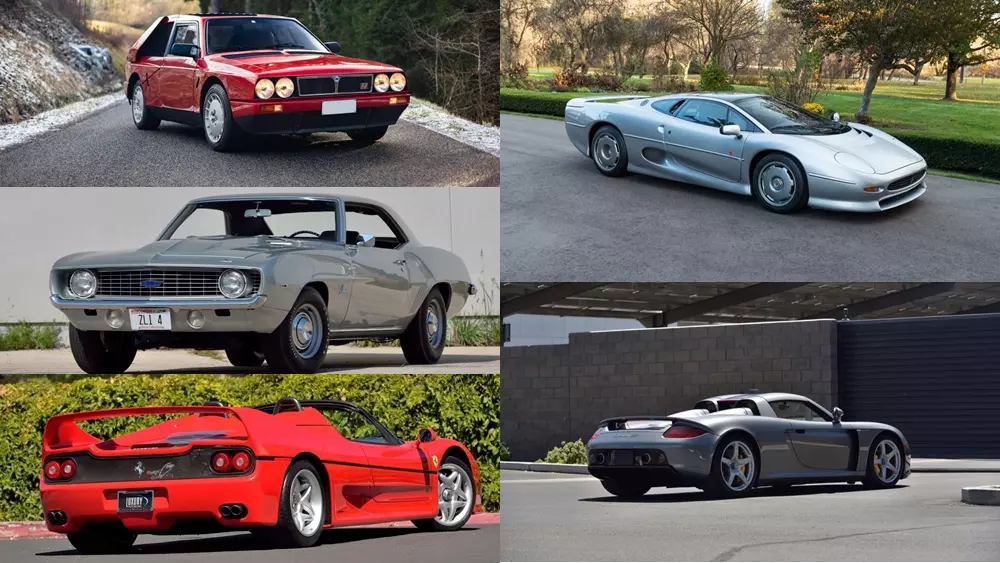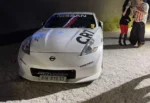For decades, automakers introducing high-performance cars have utilized racing-derived hardware to make them special. This includes items like specialized shocks and springs, brakes, and even engine components.
While most high-performance cars we can legally drive on public roads are equipped with more potent versions of everyday engines, the following five vehicles rolled out with engines specifically built for racing.
However, throughout history, some brands have released cars powered by genuine race engines designed for the road. There are numerous notable examples, but in this article, we’ll explore the five most iconic models equipped with such engines.
Chevrolet Camaro ZL-1
The Camaro debuted in 1967 with the aim of becoming the primary competitor to Ford’s bestselling Mustang. Since its launch, Chevy’s muscle car has featured versions like the Z/28 or SS, boasting impressive power.
However, thanks to speed racing enthusiasts, the Bowtie brand went even further in some cases by producing a small number of first-generation Camaros with engines even more extreme than those typically available.
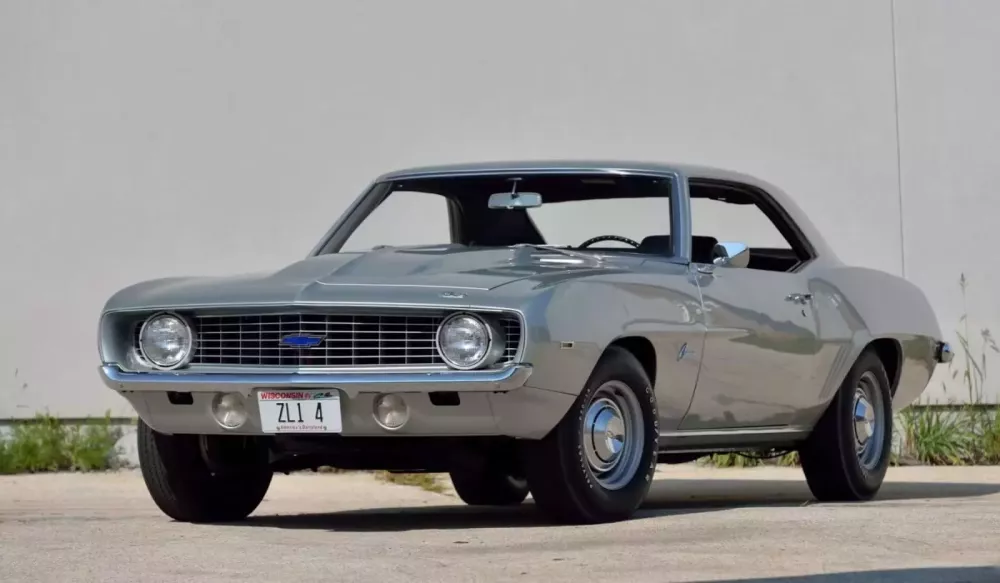
The most legendary of these special Camaros were ordered by select Chevy dealers through the Central Office Production Order (COPO) system, and none were more special than the ZL-1.
Initially ordered by Chevy dealer Fred Gibb and drag racer Dick Harrell in 1969, the ZL-1 was part of 69 Camaros produced at the factory, aimed at drag racing.
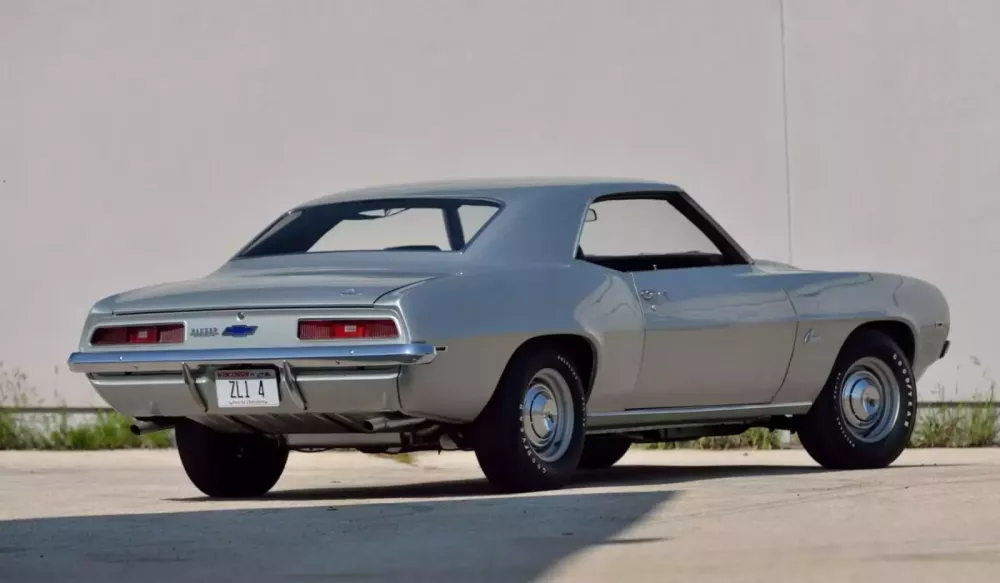
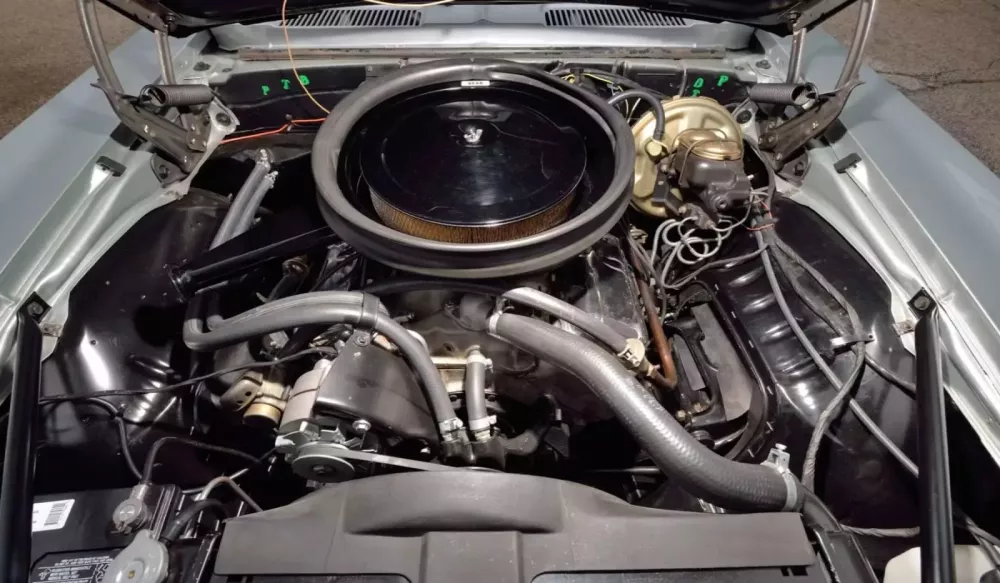
While they looked like regular Camaros on the outside, these COPO cars were equipped with the formidable ZL-1 427-ci (7.0-liter) engine, an all-aluminum unit first developed for the Can-Am race series.
Rated at a modest 430 horsepower but capable of producing over 500 naturally aspirated horsepower, the lightweight V8 turned the Camaro into a true monster capable of shredding tires. Though designed for the dragstrip, each ZL-1 Camaro was technically street-legal and came with a standard Chevy warranty.
Lancia Delta S4 Stradale
Lancia secured the World Rally Championship (WRC) manufacturer’s title in 1983 with the mid-engine, rear-wheel-drive 037 (also known as the Rally).
However, the story changed significantly in 1984 when the Italian marque struggled to keep up with Audi and Peugeot’s all-wheel-drive systems. To turn things around, Lancia and Abarth began developing a new model, resulting in the Delta S4.
Although it resembled a mass-produced hatchback, the S4 shared more in common with the upcoming 037 than with the Delta. Built around a spaceframe chassis, it featured a novel three-differential all-wheel-drive system and a highly unique mid-mounted engine.
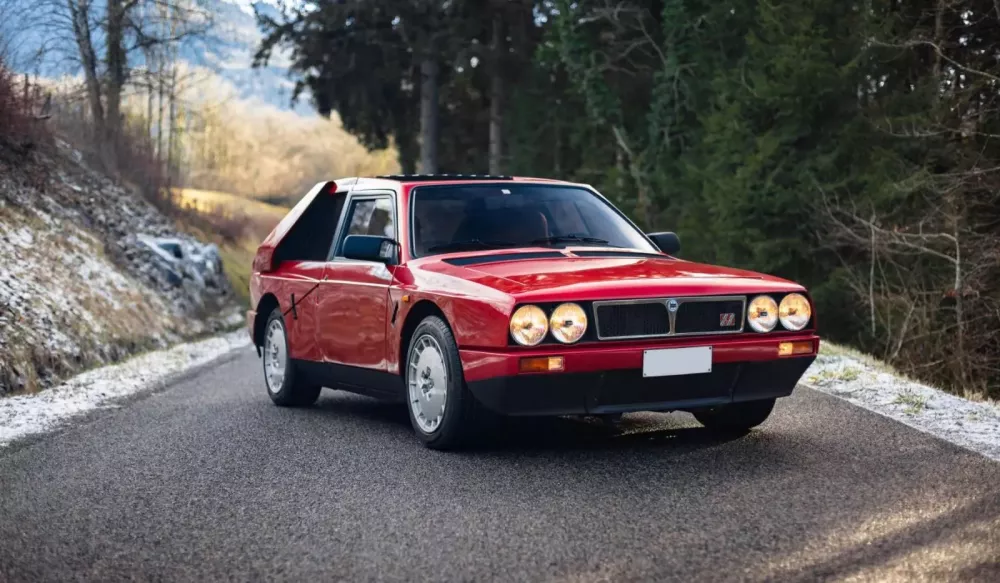
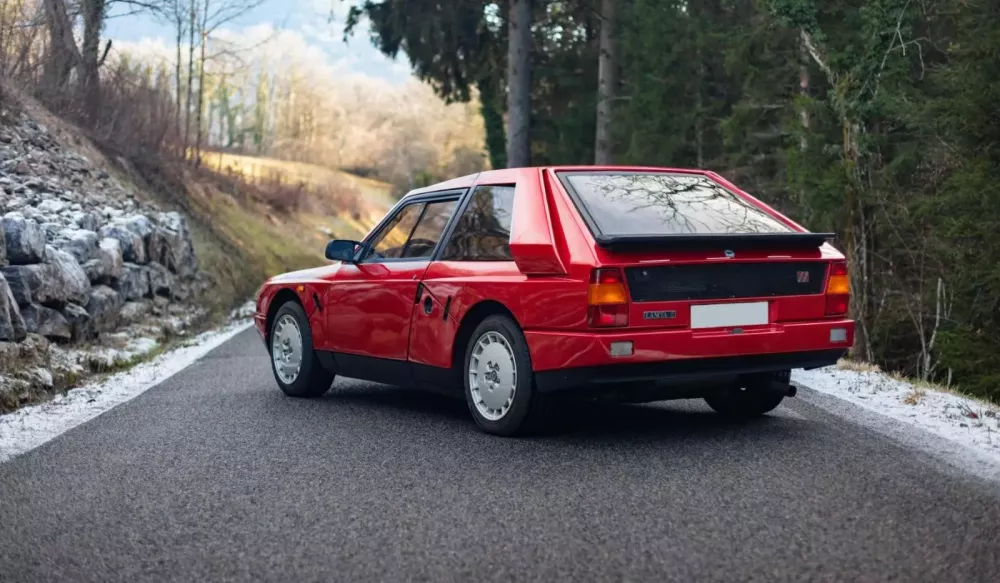
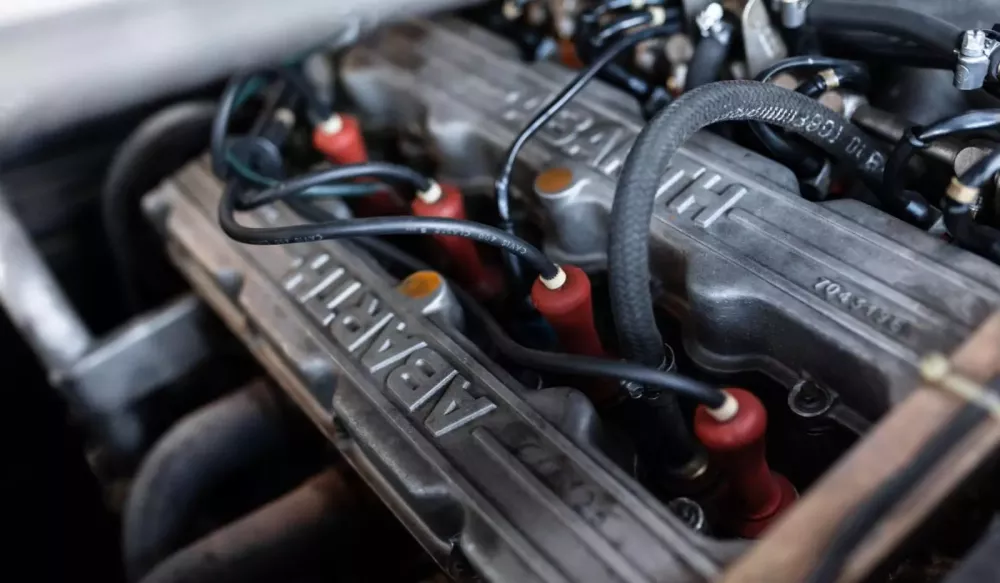
This engine, codenamed Tipo 233 ATR 18S, was a highly specialized, high-performance version of Fiat’s Twin Cam 1.8-liter engine, equipped with both a turbocharger and a supercharger. This twin-turbocharged engine, developed for rally racing, was rumored to produce over 1,000 horsepower on the test bench but was limited to 290-450 horsepower in competition.
To homologate the S4 for WRC, Lancia also produced 200 street-legal versions (Stradale) from 1985 to 1986. All were equipped with the same race engine, restricted to 247 horsepower to comply with emissions and safety regulations.
Jaguar XJ-220
Unlike today’s efforts to blend in and develop identity, in the 1980s, Jaguar crafted extraordinary cars, staying true to its racing heritage. In the latter half of that exciting decade, a group of employees, led by chief engineer Jim Randle, initiated a skunkworks project to create the ultimate Jaguar supercar, developing it in their spare time.
Eventually, the project gained official support, and by 1988, the first XJ220 prototype was unveiled at the Birmingham Motor Show. With its stunning, low-slung body, all-wheel drive, and mid-mounted, naturally aspirated V12 engine, the prototype received widespread acclaim.
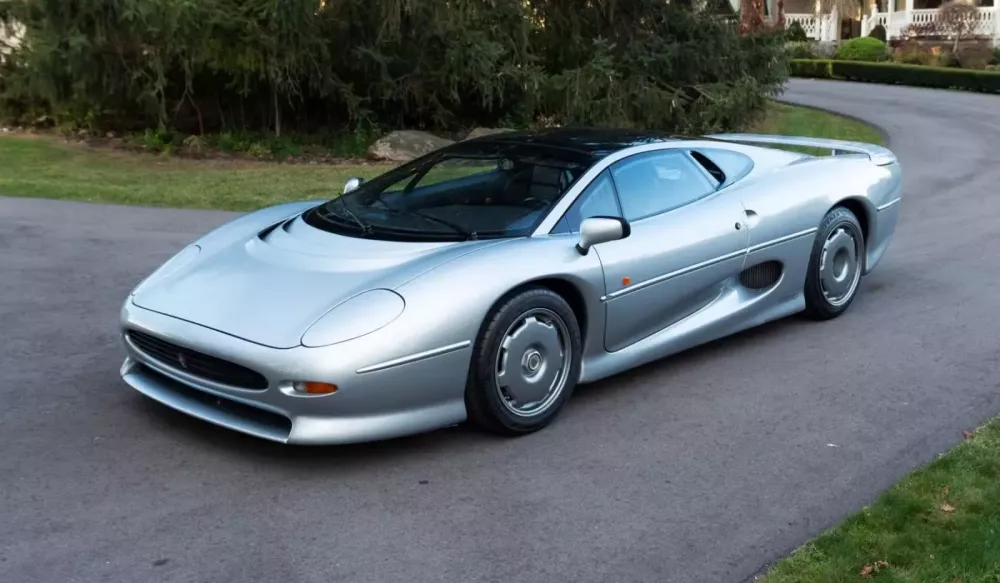
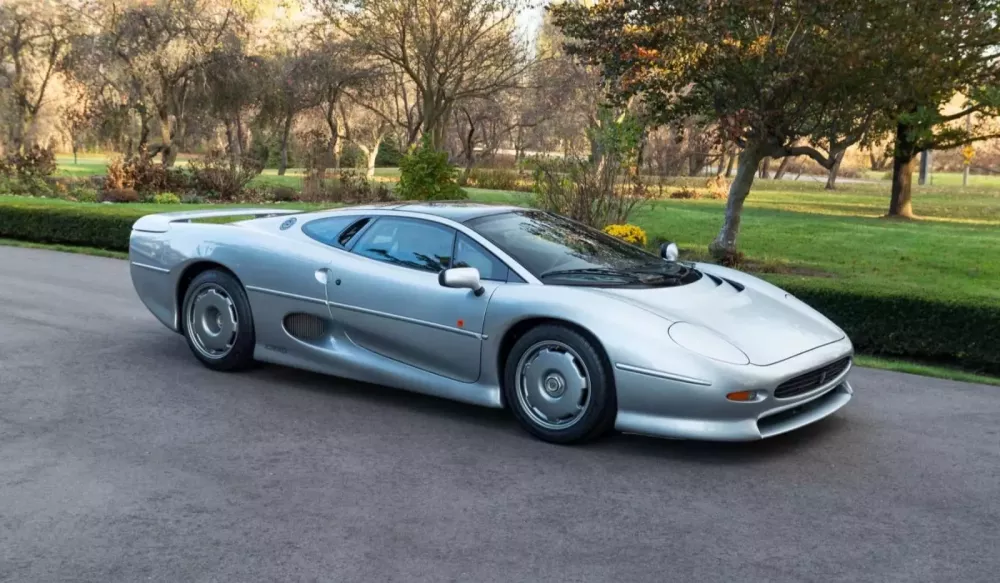
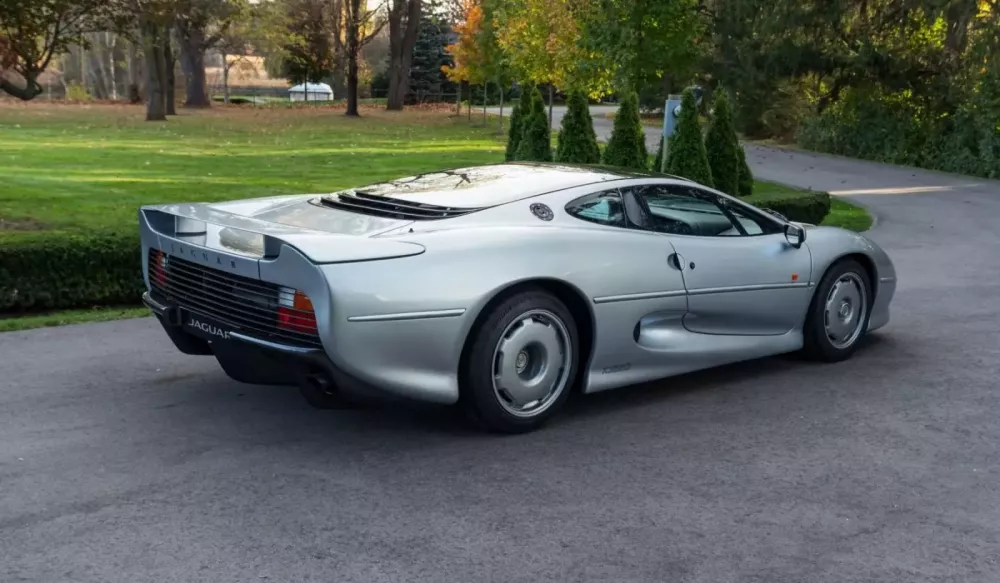
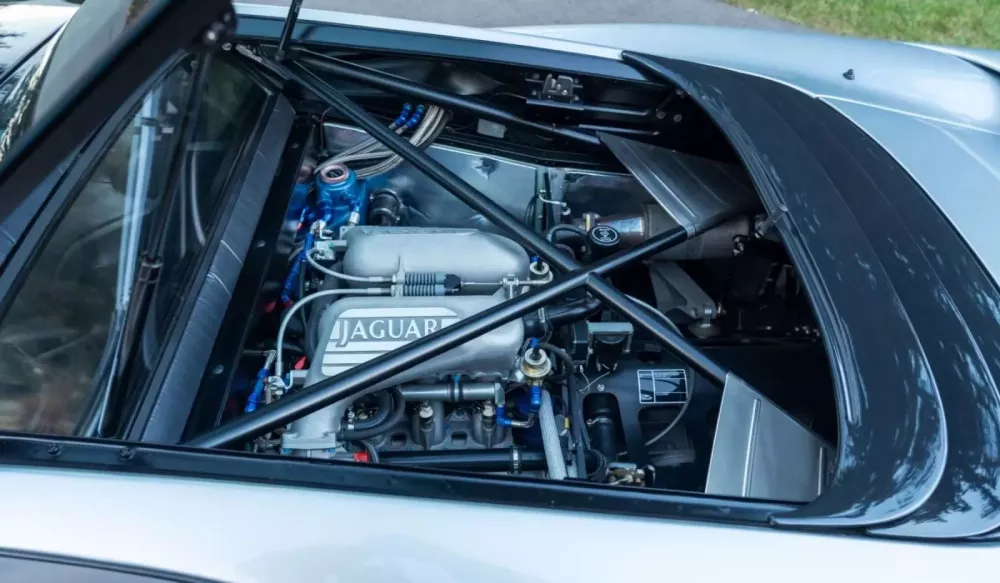
However, the production version introduced in 1992 abandoned all-wheel drive for weight reduction and featured a twin-turbocharged V6 instead of the prototype’s V12. Enthusiasts were outraged, and some customers who had placed orders even demanded refunds.
Yet, despite lacking six cylinders, the production engine was a highly specialized unit that delivered immense power, quickly making the XJ220 one of the fastest production cars in the 20th century.
The all-aluminum, 3.5-liter DOHC V6, based on the engine from the MG Metro 6R4 rally car, was rated at 542 horsepower, more than enough to accelerate from 0 to 60 mph in 4.8 seconds and reach a top speed of 210 mph.
Ferrari F50
In its early years, Ferrari’s race and road cars shared a close relationship, often using the same engines. However, by the 1980s, the Italian supercar manufacturer had largely separated its road and race engine development efforts.
That decade saw the birth of the F40, a flagship model that was more like a street-legal race car than any previous Ferrari. Yet, its twin-turbocharged V8 was developed from a conventional road engine rather than a race engine.
However, when it came time to create the F40’s successor, Ferrari’s engineers took a different approach. Launched in 1995, the stunning F50 was equipped with a Formula 1-derived engine suitable for public roads.
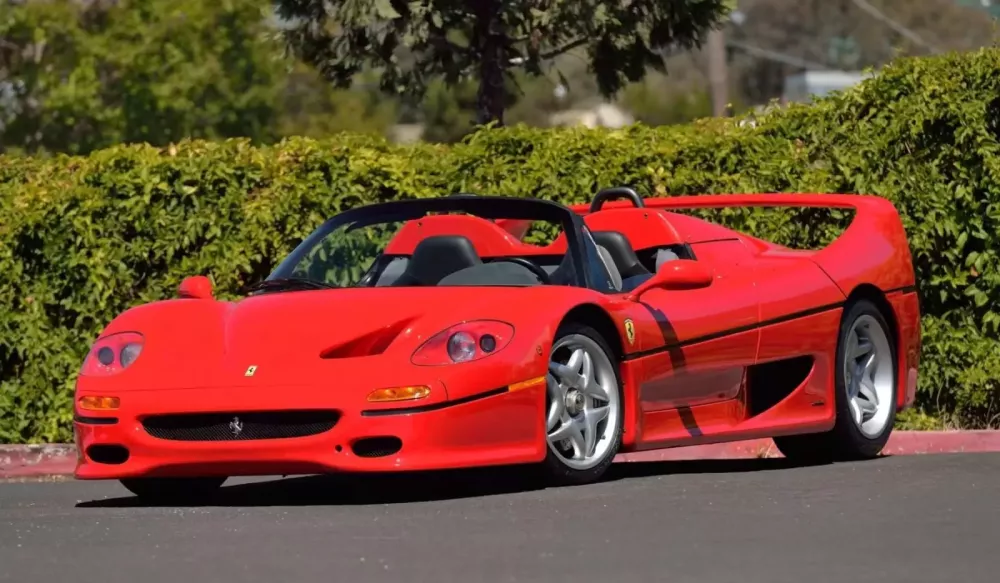
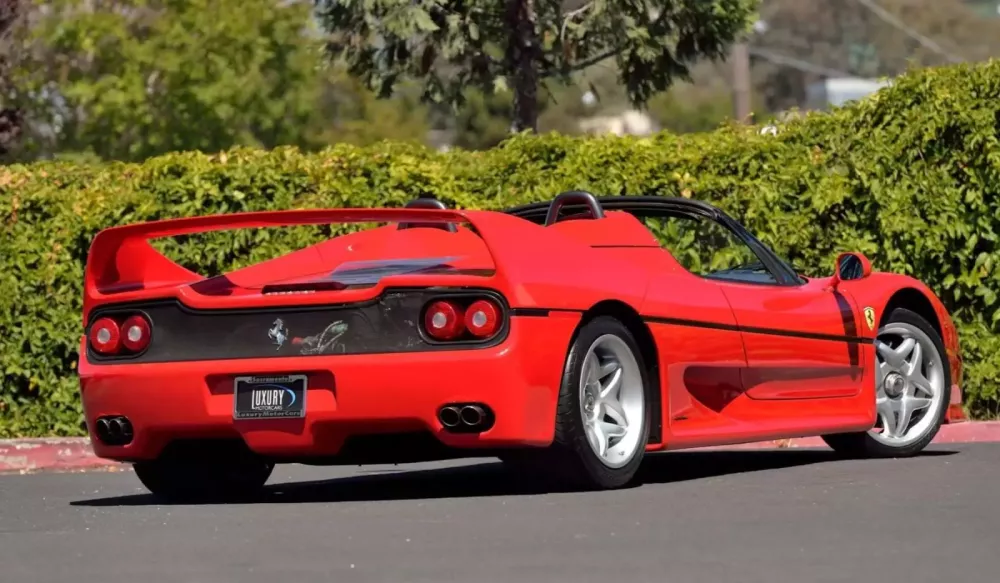
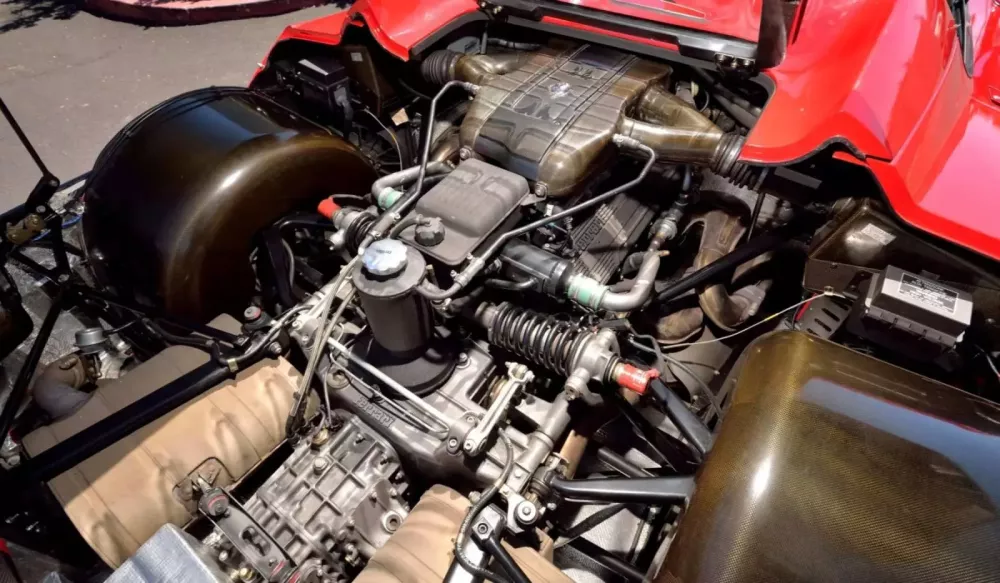
Codenamed Tipo F130B, the 4.7-liter V12 producing 513 horsepower was a modernized, street-legal version of the 3.5-liter engine used in Ferrari’s 641 Formula 1 car during the 1990 season.
This naturally aspirated engine delivered a majestic sound, ample power, and made the F50 far more responsive and predictable than its predecessor.
Porsche Carrera GT
Although the last one left the factory nearly 20 years ago, the Carrera GT remains one of the most impressive road cars Porsche has ever produced. An impressive mid-engine supercar, the Carrera GT was the result of an ambitious project, leveraging decades of sports and racing car development.
Thanks to its advanced chassis and powerful engine, the Carrera GT still delivers a nearly perfect driving experience and receives widespread acclaim. Unlike other great Porsches, this model wasn’t equipped with a boxer engine.
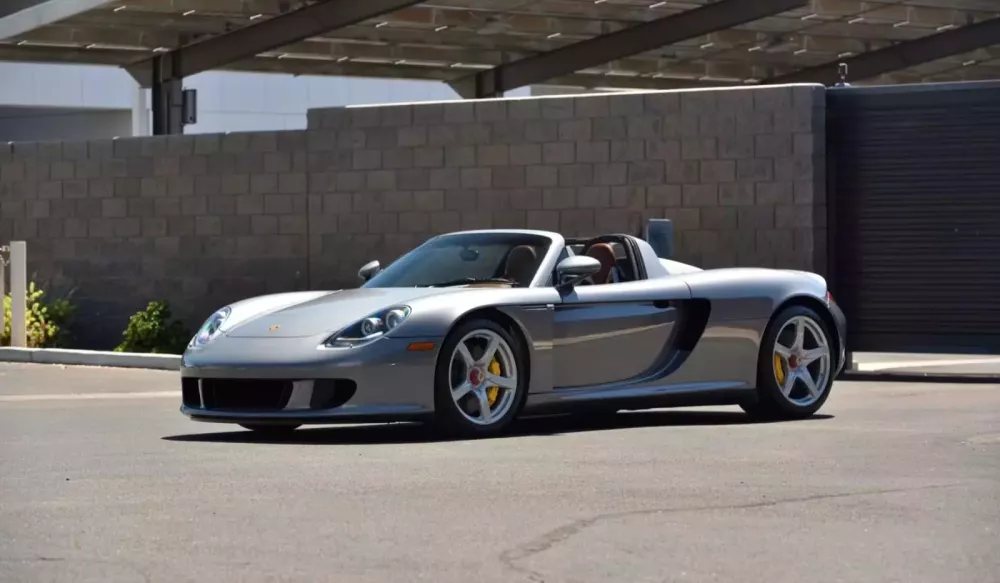
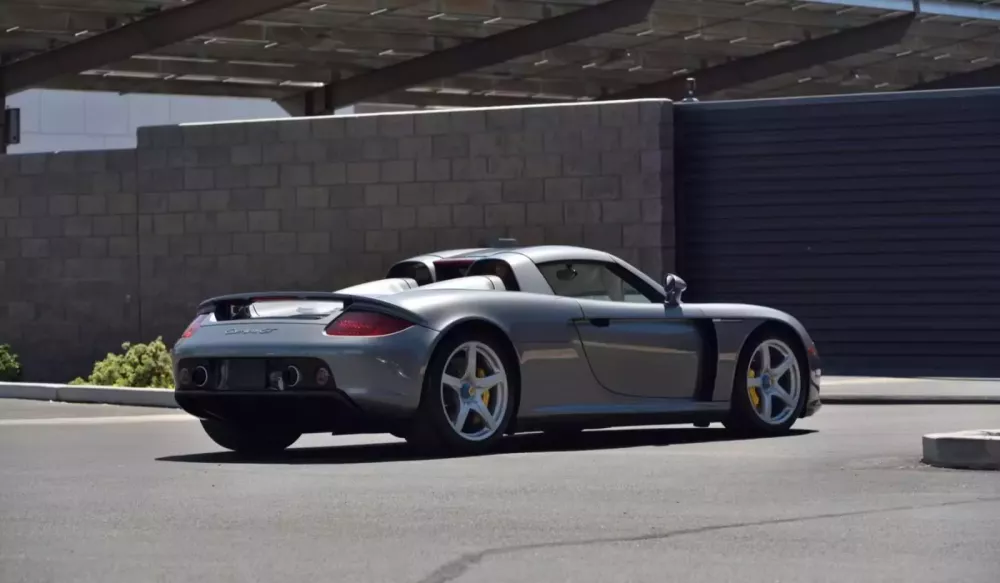
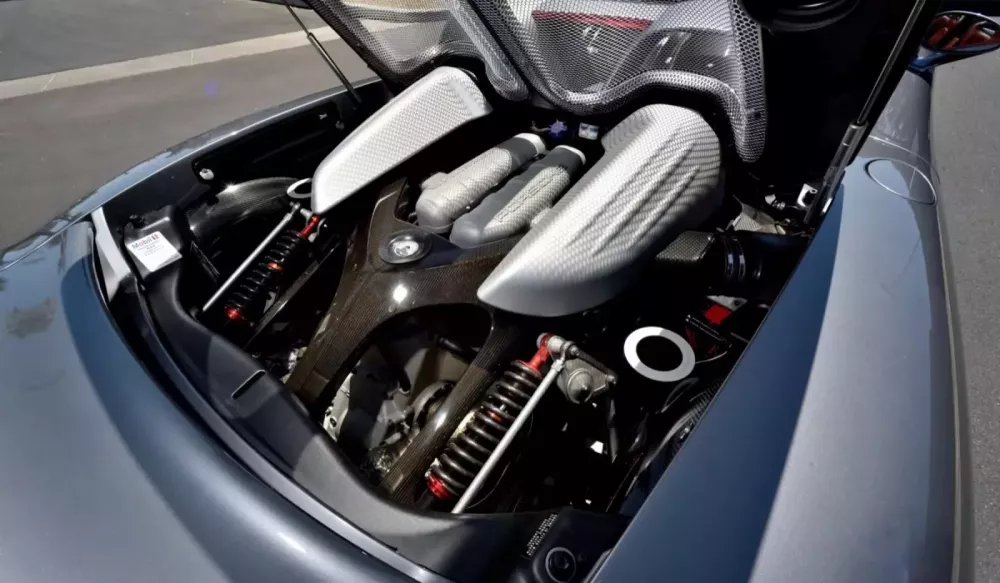
Instead, engineers used a V10 engine under development, based on the engine Porsche designed for the Footwork Formula 1 team in 1992, for an endurance racing prototype.
This race-derived DOHC V10, adapted for road use, had a displacement of 5.7 liters and produced no less than 603 horsepower.


